Situated in southern Europe, Italy is the cradle of Western culture due to its infamous food, gorgeous language, exciting culture, extensive history, beautiful natural landscapes, and incredible architecture.
What is not to love about this country?
It checks all the boxes!
When wandering around, you can find fine art and monuments in every town or city and at every turn of this wonderful destination.
As a result, it is one of the most visited places on earth.
While the country is considered incredibly safe because of the countless tourists that visit each year, many still have safety concerns when leaving their home country.
Italy’s total crimes per 1,000 residents come in at 39.04, 25th in the world with a violent crime rate of 11.9 per thousand.
To learn more about the safest cities to visit in Italy, keep reading!
Contents
10 Safest Cities in Italy
There are many beautiful and safe destinations in Italy, including:
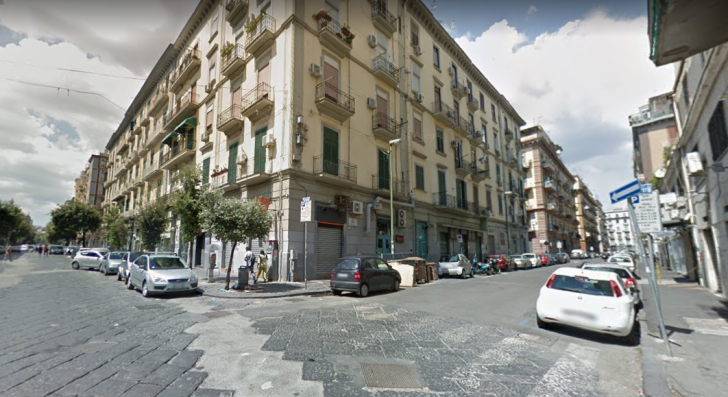
10: Naples
Naples has achieved a bad wrap over the years because of organized crime.
It is safer than most U.S. cities.
While the streets may not be as fancy as Rome or Milan, this city has its own character and charm.
Staying anywhere in the city center, Santa Lucia, or the Toledo metro stop is all safe for visitors.
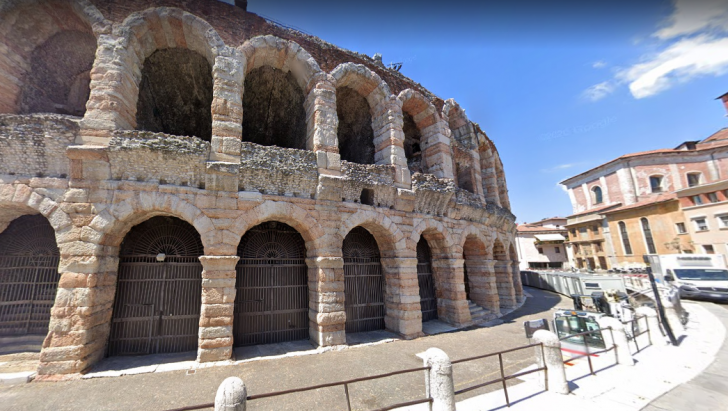
9: Verona
As the world-famous setting for Shakespeare’s Romeo and Juliet, Verona is considered one of Italy’s most romantic cities.
Located in northern Italy along the Adige River, Verona is like a mini-Rome, due to its incredible Roman sites.
For instance, the Arena di Verona was built in the 1st century and is a smaller version of the Colosseum in Rome.
However, it is much more impressive because it is better preserved and not as crowded.
From a safety standpoint, Verona is a safe city, with low violent crime rates.
Just watch for scammers and purse-snatchers!
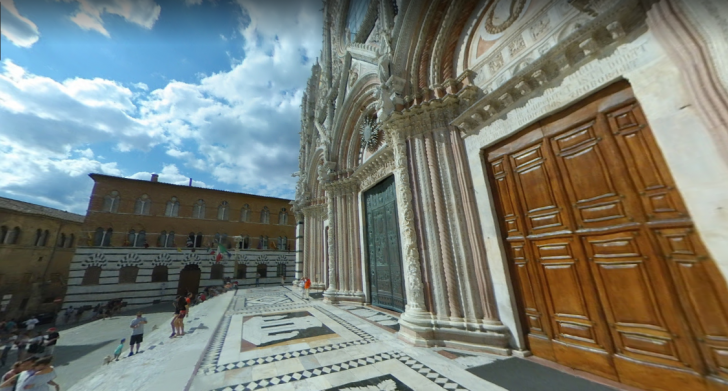
8:Siena
This art city located in the heart of Tuscany is popular with tourists and locals.
Perched across three hills and surrounded by the stunning countryside, Siena has a nice small-town feel.
The Crayola crayon color “Siena” was named after this town because of the burnt orange color of the buildings and stones.
With its small-town charm, visitors can be confident in the safety levels of Siena.
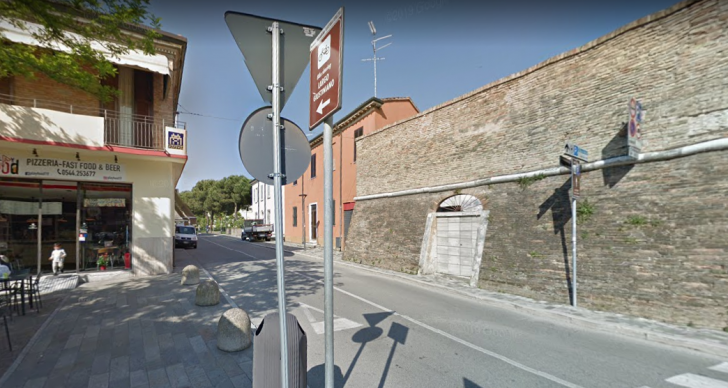
7: Ravenna
As one of the smallest cities on this list, Ravenna was the capital of the Western Roman Empire from 402-476 AD and continued to remain influential long after the collapse of the Empire.
This city boasts world-renowned mosaics, many dating to the 5th and 6th centuries.
Despite its major cultural influence, Ravenna is not well-visited by tourists, so petty crime levels remain low.
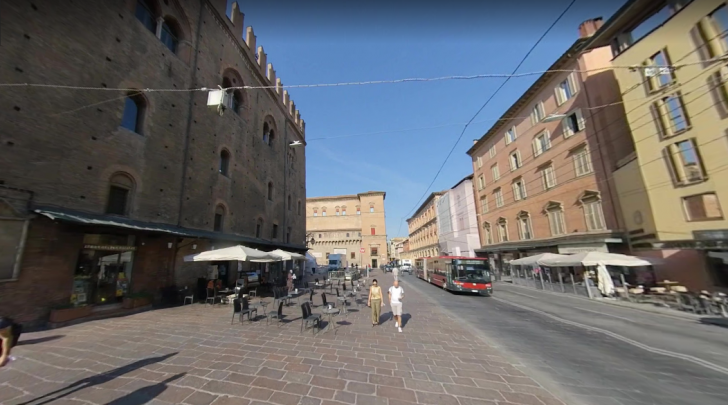
6: Bologna
Nicknamed “la dotta, la grassa, la rossa” (the learned, the fat and rich, and the red),Bologna is rich in gastronomy and agriculture and is considered the culinary capital of Italy.
Bologna University is the oldest institution in Europe.
Like most other cities on this list, Bologna receives many tourists during the high season, but the crime rate remains relatively low, except for pickpocketing.

5: Venice
There truly is no other city on earth like Venice.
This floating city is not just one of the most unique, it is one of the most beautiful and safest.
The city of Venice is comprised of 118 islands, most of which are tiny and connected via small bridges.
As one of the most visited destinations on earth, be wary of pickpockets and scammers, like in most other Italian cities.
However, if you use common sense, no problems will arise.
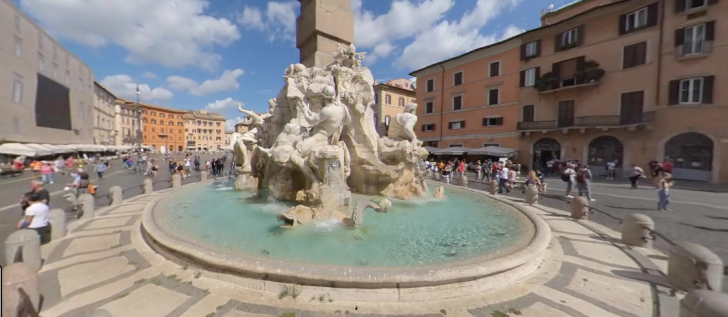
4: Rome
If you want to visit a bustling modern metropolis surrounded by thousands of years of history, Rome is your ticket.
With around 3 million inhabitants in the city limits, Rome is the third-largest in Europe, with 10% of the population being non-Italian.
With a safety index of 64, it is a very safe place to visit, but travelers but be aware of theft tricks and scam artists.
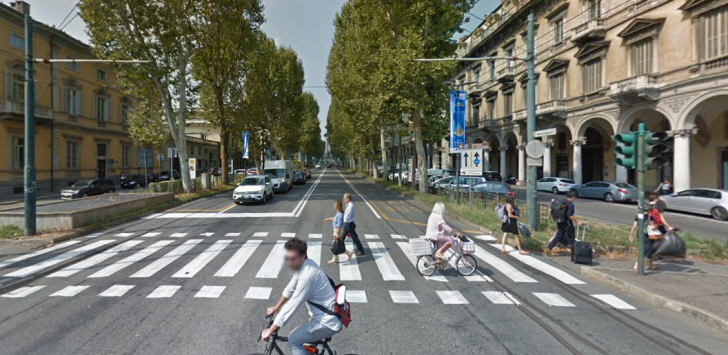
3: Turin
Third on our safety list is Turin, the first capital of Italy.
Located in the northern province of Piedmont, the Western Alps surround Turin.
Since it is home to many Italian retirees, mostly because of its lower cost of living and more comfortable temperatures than in the south, Turin has a relatively low crime rate.
Also, the city has significantly fewer tourists, which helps equalize the crime rate.

2: Florence
In the heart of Tuscany is the capital Firenze or Florence.
With a safety index of 70, Florence is slightly safer than Milan, but the two cities often battle it out each year for an elevated level of safety.
Since there are so many tourists visiting the city for the culture, food, museums, architecture, and nightlife, tourists are the most targeted by scam artists, pickpockets, and purse-snatchers.
While Florence is still incredibly safe, it is a major city, so apply common sense to certain situations.
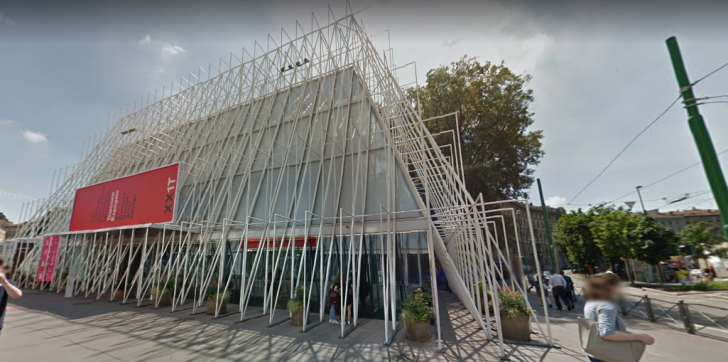
1: Milan
It is not difficult to imagine why Milan is the safest place to visit on this list.
It is one of those cities that offers everything: fashionable high society, culture, world-class educational institutions, excellent economic opportunities, and an amazing international scene.
With approximately 8 million people calling the Milan area home, it is surprising that a city this size is the safest on the list.
Milan has a safety index of 66, with pickpocketing being the number one crime, so it is important to watch your valuables.
5 Safety Tips for Traveling to Italy
There are many considerations when traveling to Italy, but with the following tips, you can remain safe:
One: Never Flash Expensive Items in Public
While this is excellent advice for any country on earth, it is especially critical in a place like Italy where many pickpockets exist.
Never flash cash or expensive items in public, as you never know who is watching.
This can cause unwanted attention, especially if you travel down a secluded alley or end up in a less busy place.
Two: Watch Your Belongings in Tourist Areas
The more tourists there are in a specific area, the more targets exist for pickpockets.
Ensure you wear a money belt to lower the risk of being a target.
When in these crowded areas, try not to look too much like a tourist for pickpockets who can spot an easy target in a crowd.
This can be done by dressing and acting like the locals, which helps further mitigate the risk.
Three: Hold Your Bag in Cafes
Leaving a bag hanging over the back of your chair is never a good idea.
Even placing it on the floor can open you up to theft.
Instead, hold your bag in your lap while you dine or drink.
If you must place your bag on the floor, put it under the table in front of you, and wrap the strap around your leg.
This way, if someone attempts to steal it, you will feel the pressure of the bag’s movement.
Four: Bring A Lot of Sunscreens
When the sun is at its peak in the day, head to the shade, or slather on sunscreen.
It is important to always bring sunscreen with you since the temperatures and sun are really hot, especially in the summer.
Five: Watch Out for the Roma Community
Many from the Roma community have been known to target tourists for begging with sedated babies, pickpocketing, scams, and other trickery.
Also, try to avoid large groups of children selling candy and approaching you, it is a scam.
Italy Safety Overview
READ THE FULL REPORT: Italy Safety Review
Safety Index: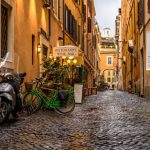
- OVERALL RISK: MEDIUM
- TRANSPORT & TAXIS RISK: MEDIUM
- PICKPOCKETS RISK: HIGH
- NATURAL DISASTERS RISK: MEDIUM
- MUGGING RISK: MEDIUM
- TERRORISM RISK: MEDIUM
- SCAMS RISK: MEDIUM
- WOMEN TRAVELERS RISK: MEDIUM
Frequently Asked Questions
What’s the seasonal weather like in Italy?
Italy is characterized by its Mediterranean climate, which consists of cold, rainy winters, and hot, dry summers.
However, given that the country is around 730 miles in length from north to south, Italy has various micro-climates where seasonal weather varies greatly from the surrounding area.
When is the best time to visit Italy?
The best time to visit Italy is during the fall and spring when temperatures and humidity are the most comfortable.
The scenery is bright and vibrant, the prices are lower, and the weather is perfect for exploring the country.
Also, during this time is the least number of tourists, so you will not have to wait in any lines or make reservations for restaurants far in advance.
When is the worst time to visit Italy?
Summer is by far the worst time to visit due to the excessively hot temperatures.
Ironically, it is always when the greatest number of tourists visit, so expect crowds and long waits at popular attractions.
Additionally, most Italians take the entire month of August off to escape the crowds and elevated temperatures, so many businesses are closed during this time.
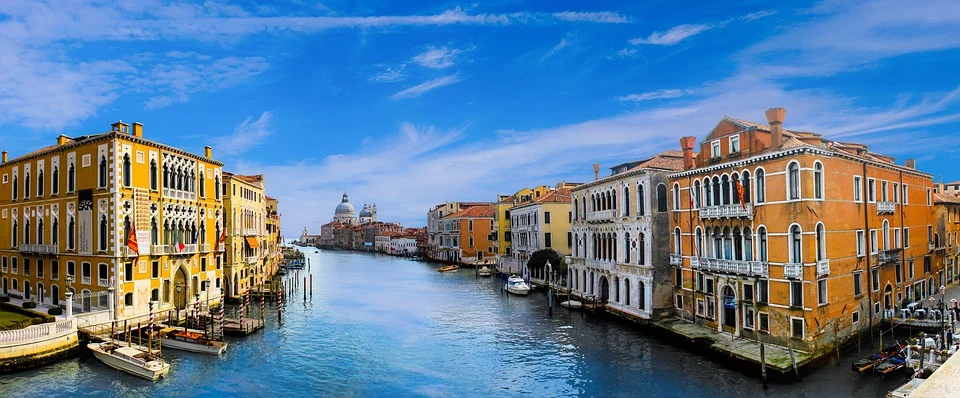
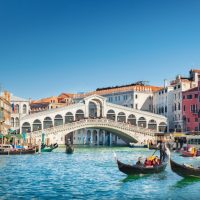
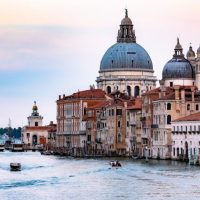

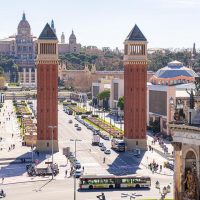
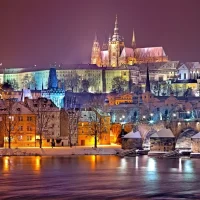






Thank you for this good advice. I’m pleased to see lovely Ravenna recommended here; I’d just like to mention that it was capital of the Eastern Roman empire, rather than the Western. One of my favourite places, especially for the wonderful mosaics.
Highlighting areas with safety issues serves as a call to action, sparking discussions and encouraging measures to create safer environments for residents and tourists in Italy.
Efforts to improve safety in these cities are ongoing, and community initiatives play a crucial role in addressing the challenges they face.
Safety can vary even within cities, so it’s essential to stay informed about specific neighborhoods and exercise caution, as you would in any location.
While these cities may have safety concerns, it’s vital to remember that Italy is know for its rich culture, history, and beauty, and many areas remain safe and welcoming for travelers.
Safety is paramount, and lists like these shed light on areas where safety measures need to be strengthened in Italy.